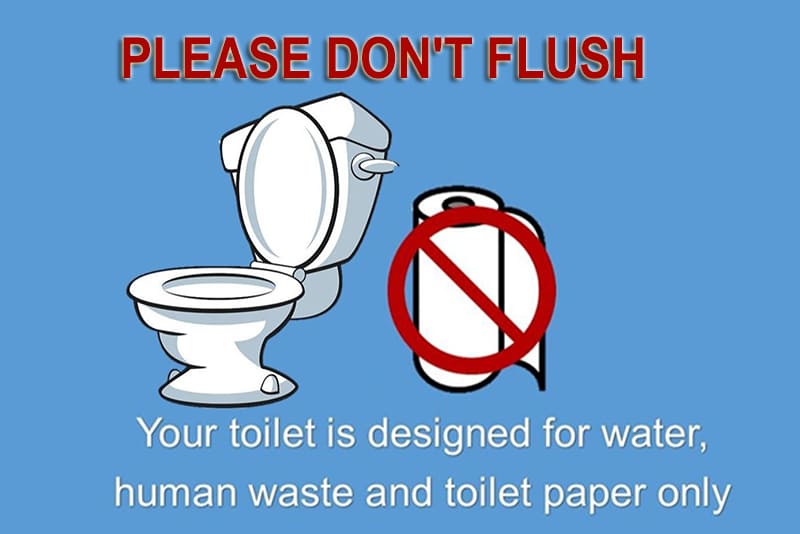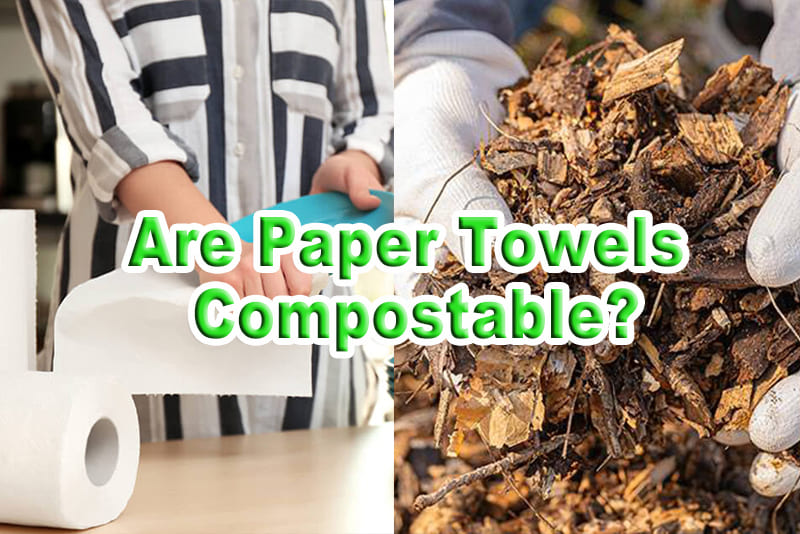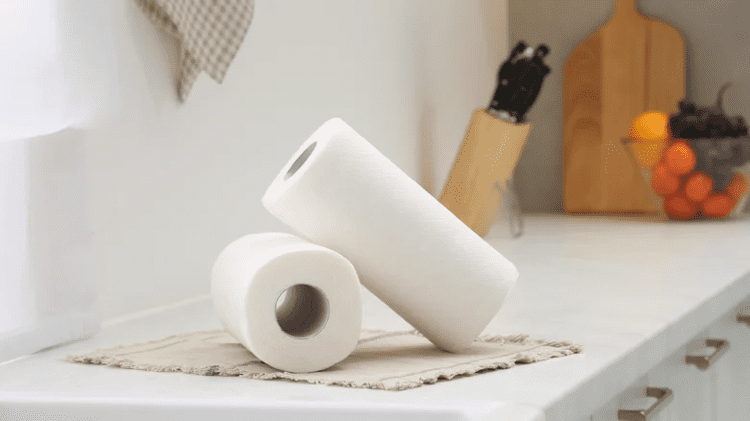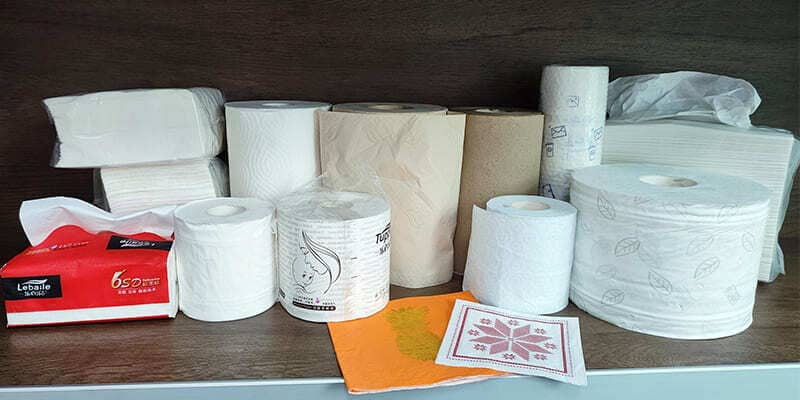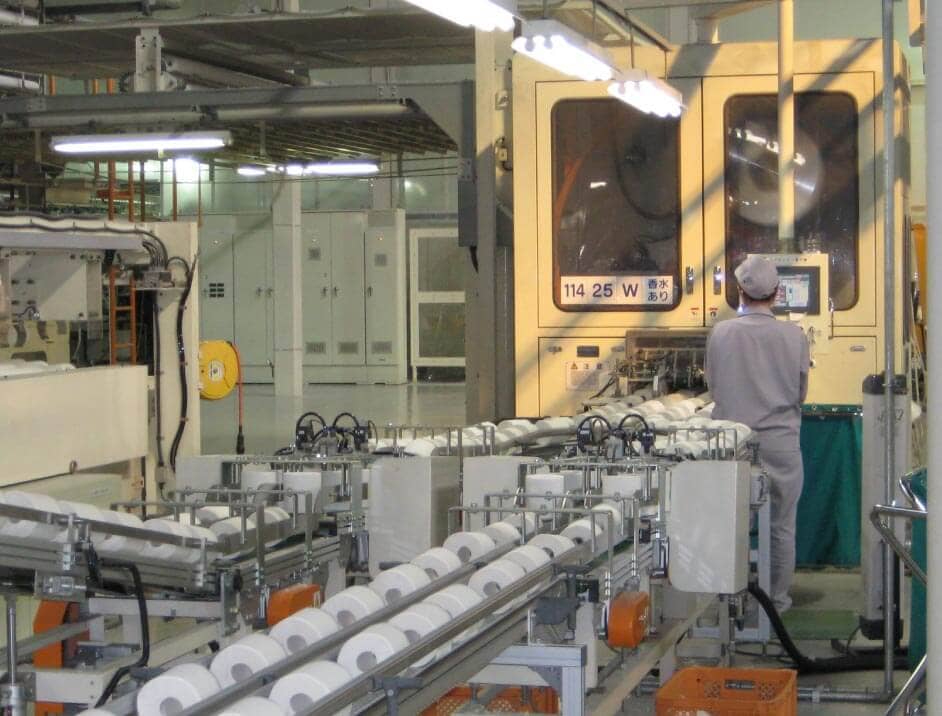What Are The Dimensions Of Kitchen Paper Towels?
A kitchen paper towel is a disposable product that is used for cleaning and drying purposes in the kitchen. It is made of paper, usually from cellulose fibers, that can absorb moisture and dirt through direct contact. Kitchen paper towels have various functions, such as wiping hands, dishes, utensils, countertops, windows, and spills. They are also used for holding hot items, such as plates, bowls, and pots, while serving or cooking.
Kitchen paper towels are different from cloth-based kitchen towels, which are reusable and washable. Cloth-based kitchen towels are made of fabrics, such as cotton, linen, or microfiber, that can also absorb and clean, but require more maintenance and care. Cloth-based kitchen towels are more durable and eco-friendly, but they can also harbor bacteria and germs if not washed properly. Paper-based kitchen towels are more convenient and hygienic, but they also generate more waste and cost.
The global kitchen towel market is expected to grow at a compound annual growth rate (CAGR) of 6.31% from 2023 to 2028, reaching US$ 23.5 Billion by 20281. The market is driven by the increasing demand for paper towels in both residential and commercial sectors, especially in emerging economies, where urbanization, disposable income, and living standards are rising. The market is also influenced by the changing consumer preferences and behaviors, such as the adoption of western cultures and the awareness of health and sanitation.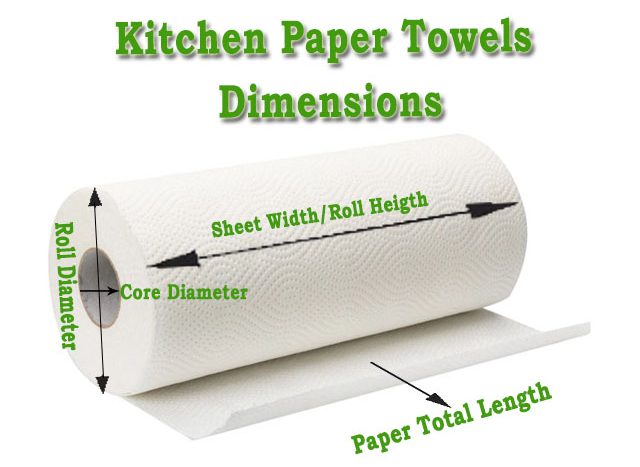
The typical size and shape of a kitchen paper towel roll is 11 inches by 11 inches square. The roll has an inner cardboard tube with a diameter of 1.5 inches, and the width of the paper towel on the roll is 2 inches. Each paper towel is 0.015 inches thick, and most rolls have up to 100 sheets of 2-ply material. However, the size and shape of kitchen paper towels can vary depending on the brand, type, and region.
The dimensions of kitchen paper towels in different countries and regions are not standardized, and they can differ significantly. For example, in Australia, kitchen paper towels are 8 inches or 20.5 cm tall, and they are available in double length rolls, which have twice as much paper as regular rolls. In Europe, kitchen paper towels are usually rectangular, rather than square, and they have perforations along the longer side, rather than the shorter side. In Japan, kitchen paper towels are often thinner and smaller, and they have a smooth texture, rather than a quilted one.
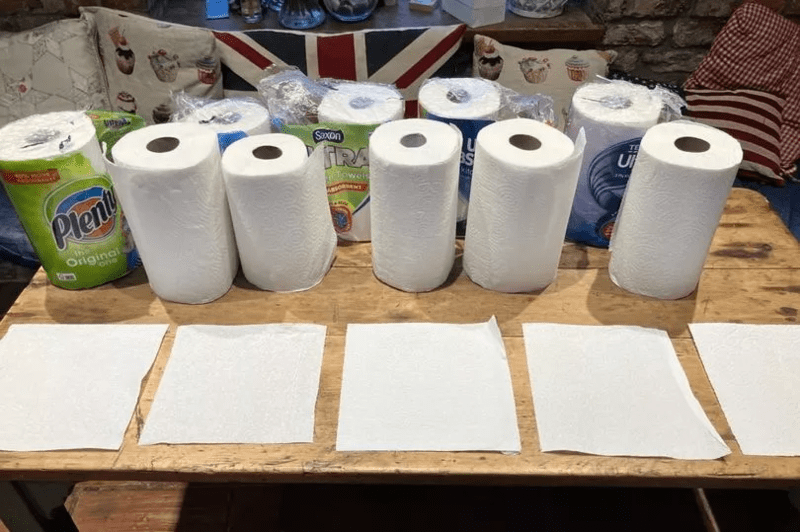
Some factors that affect the size and quality of kitchen paper towels are technology, material, and design. Technology refers to the production process and the equipment used to make paper towels. For example, some manufacturers use Through Air Dried (TAD) technology, which blows hot air through the paper fibers, making them softer and more absorbent than the conventional Light Dry Crepe (LDC) technology, which presses the paper fibers between rollers. Material refers to the source and type of paper fibers used to make paper towels. For example, some manufacturers use recycled paper, which is more eco-friendly, but less soft and absorbent than virgin paper, which is made from fresh wood pulp. Design refers to the features and characteristics of paper towels, such as the color, pattern, thickness, ply, and perforation. For example, some manufacturers offer colored paper towels with aesthetic patterns, which are more attractive to consumers, but may also contain harmful dyes and chemicals. Some manufacturers also offer Select-A-Size paper towels, which allow consumers to tear off the amount they need, rather than a fixed size, which can reduce waste and cost.
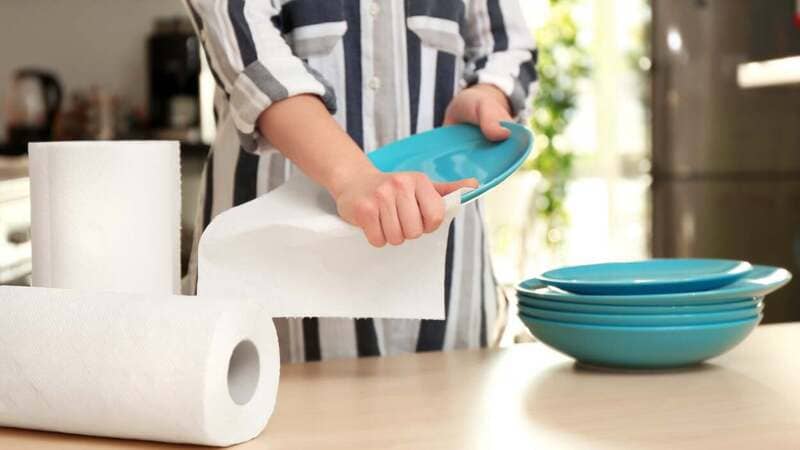
Using kitchen paper towels has some benefits and drawbacks for various purposes. The benefits include convenience, hygiene, and efficiency. Kitchen paper towels are convenient because they are easy to use and carry, and they do not require washing or drying. They are hygienic because they are disposable and do not transmit bacteria or germs from one person or surface to another. They are efficient because they can dry and clean quickly and effectively, and they can also hold heat and prevent burns. The drawbacks include waste, cost, and environmental impact. Kitchen towel paper generate waste because they are single-use and cannot be reused or recycled. They also cost more than cloth-based kitchen towels in the long run, as they need to be replaced frequently. They also have a negative environmental impact, as they consume more resources, such as water, energy, and trees, and they contribute to landfills and pollution.
In conclusion, kitchen paper towels are disposable products that are used for cleaning and drying purposes in the kitchen. They have various functions, such as wiping hands, dishes, utensils, countertops, windows, and spills, and holding hot items, such as plates, bowls, and pots. They are different from cloth-based kitchen towels, which are reusable and washable, and they have advantages and disadvantages over them. The global kitchen towel market is expected to grow in the future, due to the increasing demand and changing preferences of consumers.
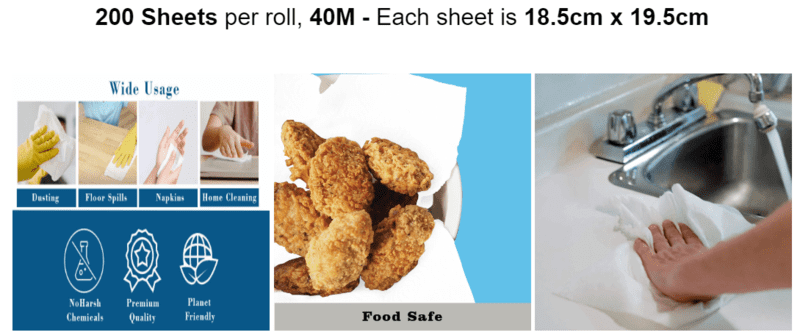
Choosing the right kitchen paper towel for different needs and preferences is important, as it can affect the quality and satisfaction of the user. Some tips and recommendations on how to use and dispose of kitchen paper towels in an eco-friendly way are:
- Use kitchen paper towels only when necessary, and avoid using them for tasks that can be done with cloth-based kitchen towels, such as drying dishes or wiping countertops.
- Use kitchen paper towels sparingly, and tear off only the amount that is needed, rather than a whole sheet. Select-A-Size paper towels can help with this.
- Use kitchen paper towels that are made of recycled paper, or paper that is certified by environmental organizations, such as the Forest Stewardship Council (FSC) or the Rainforest Alliance.
Dispose of kitchen paper towels properly, and do not flush them down the toilet, as they can clog the pipes and damage the sewage system. Instead, throw them in the trash, or compost them if they are biodegradable.
Opportunities and Challenges of Marketing for Kitchen Paper Towels
The kitchen towel market is a dynamic and competitive one, and it offers opportunities and challenges for the manufacturers and retailers of kitchen paper towels. Some of the current trends and consumer behavior in the kitchen towel market are:
- Consumers are becoming more health-conscious and hygiene-aware, and they are looking for kitchen paper towels that can prevent the spread of germs and diseases, especially during the COVID-19 pandemic.
- Consumers are becoming more environmentally conscious and socially responsible, and they are looking for kitchen paper towels that are eco-friendly and ethical, such as those that are made of recycled paper, organic cotton, or bamboo, and those that support social causes, such as wildlife conservation or women empowerment.
- Consumers are becoming more quality-conscious and value-oriented, and they are looking for kitchen paper towels that are soft, absorbent, durable, and affordable, and that can meet their specific needs and preferences, such as those that are colored, patterned, scented, or customized.
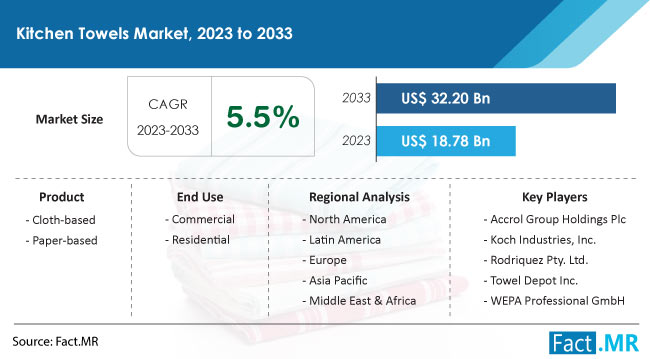
Some of the key drivers and barriers for the growth and demand of kitchen paper towels are:
Drivers:
- The increasing urbanization, disposable income, and living standards of consumers, especially in emerging economies, such as China, India, and Brazil, where the penetration and consumption of kitchen paper towels are still low, but growing rapidly.
- The increasing adoption of western cultures and lifestyles by consumers, especially in developing countries, where kitchen paper towels are seen as a symbol of modernity and convenience.
- The increasing innovation and differentiation by manufacturers, who are offering new and improved products, such as TAD paper towels, origami paper towels, and Select-A-Size paper towels, to cater to the diverse and changing needs and preferences of consumers.
Barriers:
- The increasing competition and price pressure from other players in the market, such as cloth-based kitchen towel manufacturers, who are offering more durable and eco-friendly products, and other paper product manufacturers, such as napkins, tissues, and wipes, who are offering similar or substitute products.
- The increasing awareness and regulation of the environmental and social impact of kitchen paper towels, such as the deforestation, water consumption, energy consumption, greenhouse gas emission, waste generation, and labor exploitation, that are associated with their production and disposal.
- The increasing volatility and uncertainty of the market, due to the external factors, such as the COVID-19 pandemic, the economic recession, the political instability, and the natural disasters, that can affect the supply and demand of kitchen paper towels.
Some of the potential opportunities and challenges for the manufacturers and retailers of kitchen paper towels are:
Opportunities:
- The expanding and untapped market potential in the emerging and developing regions, where the demand and consumption of kitchen paper towel are expected to increase, due to the growing population, urbanization, income, and living standards of consumers.
- The diversifying and evolving market segments and niches, where the demand and consumption of kitchen paper towels are expected to vary, depending on the different needs and preferences of consumers, such as the age, gender, lifestyle, culture, and occasion of the user.
- The leveraging and integrating of the latest technologies and trends, such as the e-commerce, social media, artificial intelligence, and blockchain, that can enhance the production, distribution, marketing, and customer service of kitchen paper towels.
Challenges:
- The maintaining and improving of the product quality and performance, such as the softness, absorbency, durability, and affordability of kitchen paper towels, to meet the high expectations and standards of consumers, and to differentiate from the competitors.
The balancing and optimizing of the product sustainability and responsibility, such as the environmental and social impact of kitchen paper towels, such as the resource consumption, waste generation, and labor conditions, to meet the ethical and legal requirements and expectations of consumers, regulators, and stakeholders. – The adapting and responding to the changing and unpredictable market conditions, such as the COVID-19 pandemic, the economic recession, the political instability, and the natural disasters, that can affect the supply and demand of kitchen paper towels, and create opportunities or threats for the business.
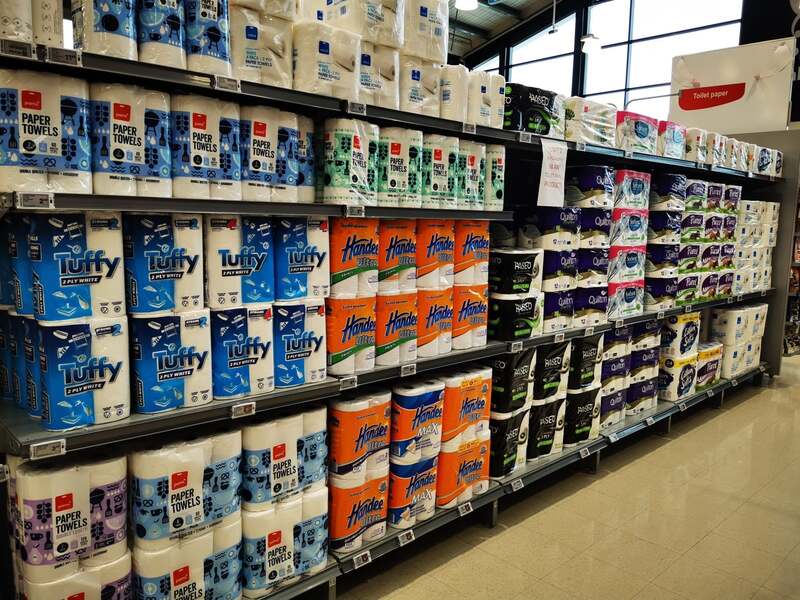
Some of the strategies and solutions to overcome the challenges and capitalize on the opportunities are:
Strategies:
- The investing and developing of the research and development (R&D) and innovation capabilities, to create new and improved products, such as TAD paper towels, origami paper towels, and Select-A-Size paper towels, that can offer better quality and performance, and cater to the diverse and changing needs and preferences of consumers.
- The implementing and promoting of the sustainability and responsibility initiatives, such as using recycled paper, organic cotton, or bamboo, obtaining environmental certifications, such as FSC or Rainforest Alliance, and supporting social causes, such as wildlife conservation or women empowerment, that can enhance the environmental and social impact of kitchen paper towels, and attract and retain consumers, regulators, and stakeholders.
- The expanding and diversifying of the market presence and reach, to enter and grow in the emerging and developing regions, where the demand and consumption of kitchen paper towels are expected to increase, and to target and segment the different market niches, where the demand and consumption of kitchen paper towels are expected to vary.
Solutions:
- The leveraging and integrating of the e-commerce and social media platforms, to sell and market kitchen paper towels online, and to interact and engage with consumers, and obtain feedback and insights, that can improve the customer service and satisfaction, and increase the brand awareness and loyalty.
- The using and applying of the artificial intelligence and block-chaintechnologies, to optimize and automate the production, distribution, marketing, and customer service of kitchen paper towels, and to enhance the transparency and traceability of the supply chain and the product life-cycle, that can improve the efficiency and effectiveness, and reduce the cost and risk, of the business.
- The adapting and responding to the changing and unpredictable market conditions, by conducting market research and analysis, monitoring the market trends and consumer behavior, and forecasting the market demand and supply, and by adjusting and modifying the product portfolio, pricing strategy, distribution channel, and marketing mix, that can enable the business to seize the opportunities and mitigate the threats, and maintain the competitive advantage and market share.
Related Articles:
- Paper Towel Market Size, Share & Growth Factors | Forecast By 2030
- Kitchen Towel Market Size, Share, Trends, Report 2023-28 – IMARC Group
- Paper Towels Market Scenario – Market Research Future
- Paper towel size – How tall is standard? – Eco Family Life
- How Tall is a Paper Towel Roll? Revealing the Surprising Height
- What is the diameter of a paper towel roll? – Wise-Answer
If you have any thoughts or experiences with kitchen paper towels, feel free to share them in the comments section below. If you are interested in our tissue paper products or services of Toilet tissue, Facial tissue, hand towel, Kitchen towel and Napkins, please send an inquiry to us. Thank you for reading this article.

